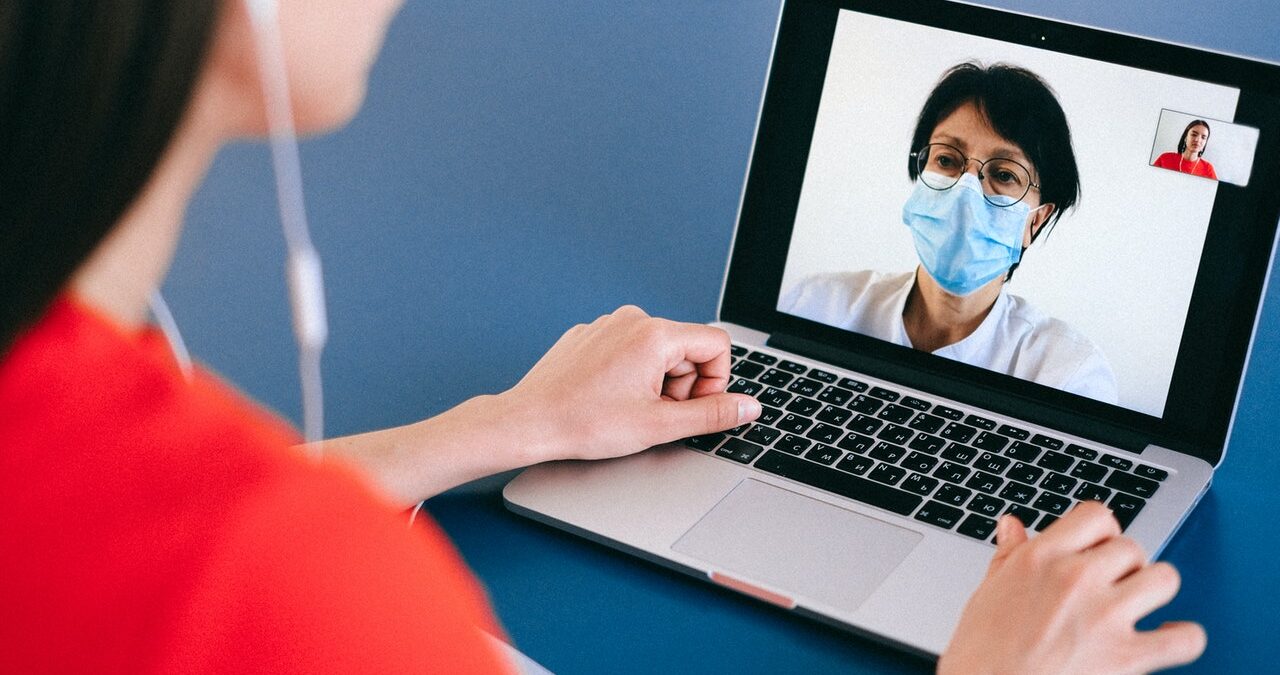The Future of Telehealth
The popularity of virtual care was growing before the COVID-19 pandemic. But now there’s no going back. In a recent study by McKinsey & Co, 76 percent of survey respondents indicated they were highly or moderately likely to use telehealth going forward after the pandemic. But what about it makes it so popular?

Benefits of Telehealth
Once viewed as a complementary part of care, the platform now is critical to support social distancing. By screening patients remotely, providers can determine whether a clinical visit is needed. Keeping high-risk patients and less-severe COVID-19 cases at home prevents unnecessary exposure and preserves supplies.
Virtual care now offers far more than an initial point of contact. A HealthTech poll in January 2020 found nearly one-third of surveyed organisations use telehealth for chronic disease management. Other top uses include follow-up and specialty care.
Mental health is also set to benefit. Isolation-related stress is likely to increase demand, but many healthcare systems already are using counselling via telehealth to serve remote patients and address staff shortages. As of June 2021, 63 percent of visits to a psychologist or psychiatrist were done virtually.
And for fields that involve less doctor-patient face time, such as radiology, working from home has big potential for keeping specialists healthy, ensuring business continuity and continuing care for patients whose needs can’t wait.

Here to stay
The growth of telehealth has been impressive, but it’s fair to ask if this acceleration is a by-product of the pandemic that will fade once people get back into the rhythm of their lives and visit doctor’s offices in person. Is telehealth here to stay even in the “new normal”?
Applause recently ran a global survey about the state of telehealth adoption. In more than 5,000 responses from consumers, almost half had used telehealth services at least once — with 84% having done so during the pandemic to avoid in-person activities. The trend that really speaks to the future of healthcare and telehealth adoption, though, is that 63% of respondents who had used telehealth in the past plan to increase their use of such services even after the pandemic ends.
“We continue to see exceptional digital experiences be the key differentiator for brands across all industries, and healthcare is no exception,” said Luke Damian, Applause’s Chief Growth Officer. “Telehealth is fast moving from a nice-to-have to a must-have service. And not only will healthcare providers need to offer telehealth options, they must ensure the experience itself is easy, intuitive and enjoyable to use.”
The biggest barrier to telehealth adoption across all regions, according to the survey, is access and availability. Among the 54% of respondents who had not used telehealth services, 46% reported this option was unavailable to them.
PrintDATA is committed to ensuring all healthcare providers in Australia have access to the telehealth equipment they need. Contact us for a free consultation or see our range of products here